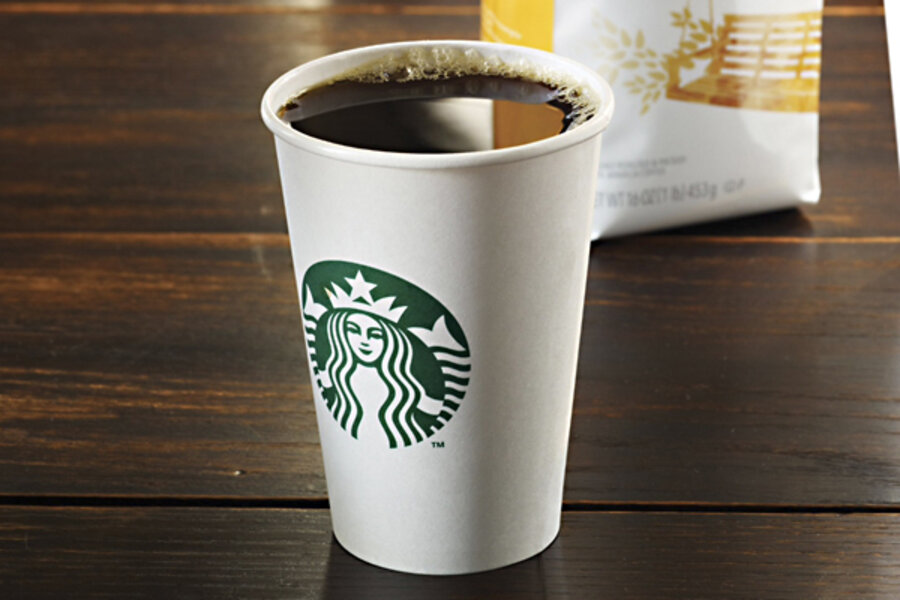Making frugality fun
Loading...
Dinner with My Family is taking a one week break this week.
Most of the time, when people mention frugality, the first thing that comes to mind is doing without little pleasures. They think of giving up something that they deeply enjoy, like their morning coffee or their weekly lunch out with coworkers.
I’ll be completely honest: this was my first impression of frugality, too. When I was starting to feel some financial bumps because of my overspending in late 2005 and early 2006, I looked at some basic frugality tips in magazines like Money and, frankly, I came away with a negative taste in my mouth.
The reason was that my attention was always drawn to the things I didn’t want to get rid of. My focus was on the things that I felt would impact my happiness. I would look through a list of a hundred frugality tips, pick out the two that I felt would have a big negative impact on my happiness, and choose to believe that frugality was terrible and not fun and would make my life a boring misery.
Guess what? If you start with that approach, frugality is going to be pretty awful for you.
Simply put, it’s those little key pleasures that should be the last thing you cut. They’re the ones that carry psychological and emotional weight for you. They’re the ones that tell you that life is good on a day to day basis. They’re the ones you care about.
If you’re first getting started on frugality, start by focusing on things that have little or no direct impact on the things you enjoy about life. Focus on projects like air-sealing your home. Give some generic products a try when you’re shopping. Fill up your car tires to the maximum recommended pressure. In fact, I have a great starter list of 100 frugal tactics to get started, and I wrote a book containing 365 such tactics.
Here’s the key part, though. Keep track of every dime you saved because of your frugal moves. Write them down in a notebook. Then, once a week, move that much out of your checking account into your savings account.
This way, the money you save with frugality isn’t going to just go toward other unnecessary expenses. Instead, the money in your savings account can go strictly for things like extra payments on your debt, building an emergency fund so you don’t have to rely on credit in a pinch, and so on.
What I began to find, though, was that frugality was actually quite fun.
At first, I started to view the amount I was saving as a “high score” that I needed to beat. I would keep a careful eye on the amount I was saving and constantly strive to save more. I’d view my frugality for the previous month as a record I’d want to beat for the next month.
This motivated me to start to choose to give up or alter some of the perks I previously enjoyed. I wanted to see how much of an impact not going to the coffee shop might have or not eating out for lunch might have or not stopping at the bookstore every little bit might have. On the whole, choosing frugality was more fun than the alternative at that time, mostly from a “keeping score” standpoint.
Eventually, though, I began to appreciate many of the frugal things I was doing for their own sake. The first thing I remember is I began to really enjoy going to the park with my son instead of trying to find the perfect educational toy for him or something along those lines. We’d just go to the park, run around in the grass, go down the slide, and make up adventures along the way.
Some of it, of course, is just establishing new life patterns and getting used to them, but there’s also a lot of merit in simply trying new things that we previously ruled out for some reason and discovering that those things are surprisingly good.
It turns out that those small economies of pleasure work a bit differently than I originally thought.





